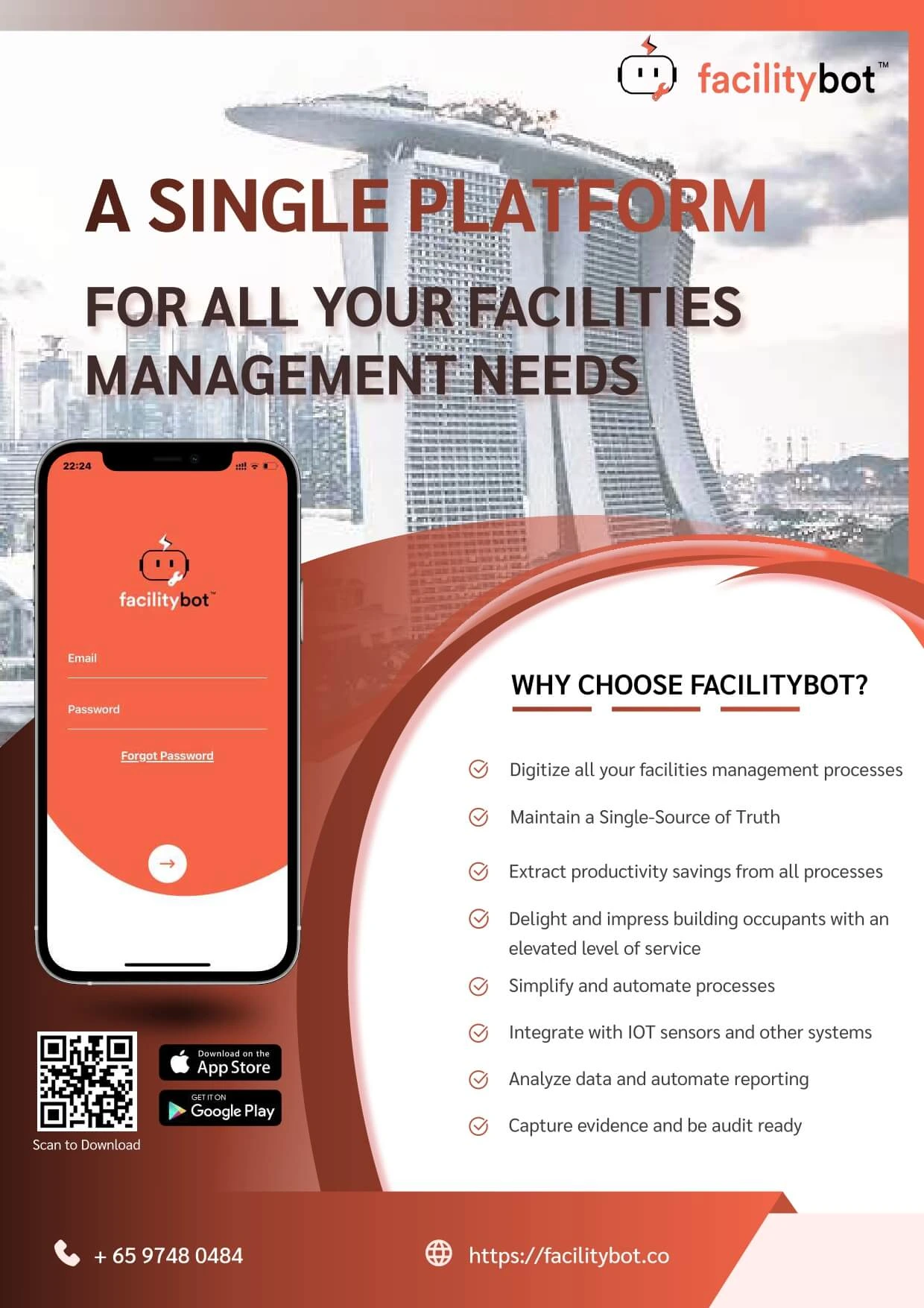All buildings need to make purchases of goods and services for equipment and property maintenance. Maintenance expenditures are not trivial and can run into millions of dollars annually for large buildings. Therefore, cost-saving techniques can potentially yield significant nominal savings. We provide 5 tips to save costs that do not cost much to implement.
1. Gather Detailed Data on Current Expenditures
All buildings would maintain data on their expenditures. But some buildings have only high-level data which may be of little use to identify areas for cost savings.
For example, which equipment or building area has cost the most to maintain? Which consumable has been used the most? Can data trends for consumables be easily retrieved? If there are sudden spikes in consumable usage, are there good reasons for that?
One key tip is not to leave such data gathering to the finance department. While it may be tempting to do so, the finance department typically has to manage expenditures of many functions and cannot pay sufficient attention to gathering detailed data on maintenance expenditure.
The facilities management department should gather its own set of data. To do so, deploy a Facilities Management System with Procurement and Expenditure features.
2. Ensure Procurement
Transparency
Procurement for building maintenance often involves multiple parties. Building owners may hire managing agents who may procure the services of integrated facilities managers, who may in turn subcontract to smaller engineering firms.
Procurement transparency simply means that all relevant parties should have access to all procurement activities at every procurement stage. Which service providers were invited to quote? How were these service providers shortlisted? What requirement documents were provided? How many quotes were received? How was the decision made to select the winner?
Designing a transparent, yet not overly bureaucratic procurement process can be tricky. Here again, software solutions help greatly. Facilities Management Systems can help in ensuring adherence to workflow processes, and of course, facilitate transparency.
3. Necessary and Sufficient Requirements
When developing procurement requirements and the legal terms and conditions of the contract, various departments may be involved. Some departments have a risk-averse mandate and may wish to insert vague and broadly worded clauses to place liability on the vendor. Other parties may wish to insert additional specifications which are not directly relevant to the specific good or service required.
Procuring entities may think that such clauses protect them from risks. But in effect, such clauses cause vendors to price in the risks, leading to unnecessarily inflated costs. When faced with unreasonable clauses, some reputable vendors may also choose not to participate in the tender, leaving the purchaser with only expensive and less reputable options.
In general, procurement managers should take every effort to specify only what is necessary and sufficient. Risk management should not be an excuse to write vague clauses.
4. Consider Outcome-Based Contracts
Outcome-based contracts are gaining traction within facilities management. For example, for cleaning services, instead of specifying the number of cleaners required, an outcome-based contract would specify cleaning outcomes instead: such as the satisfaction of building users, response time expectations, or independent external inspection outcomes.
Outcome-based contracts are designed to incentivize service providers to enhance productivity and adopt innovative approaches. For example, with a headcount-based contract, the cleaning company would have little incentive to consider deploying cleaning robots.
If well-implemented, outcome-based contracts have the potential to reduce building maintenance costs since more productivity solutions would tend to be deployed.
Note though, that implementing an outcome-based approach first requires that the outcomes can be measured. Here again, deploying the right facilities management software that can measure these statistics is key.
5. Demand Aggregation
Given that vendors can provide discounts for bulk purchases, facilities managers should seek ways to save costs through demand aggregation, particularly if they manage a large campus or multiple properties.
As before, a demand aggregation exercise should start with data gathering, again facilitated by software. What common consumables are used by each department? What common services are being procured? Are there opportunities for cross-deployment of staff or equipment standardization?




